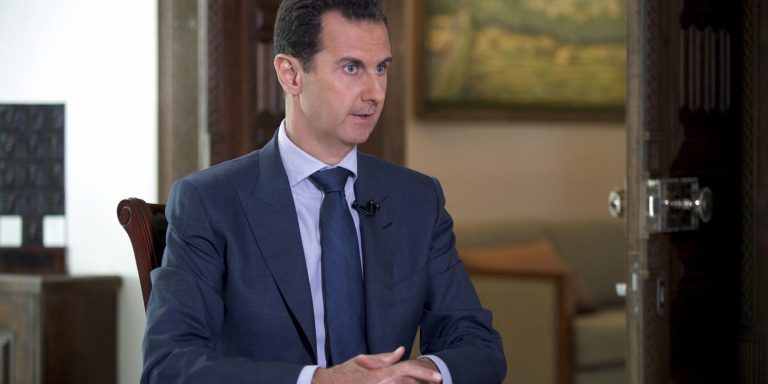INTELBRIEF
June 7, 2018
IntelBrief: Just How Long Can the U.S. Stay in Syria

- Syria’s President Assad threatened to use military force to make the U.S. military leave Syria.
- Assad’s forces have reclaimed much of the territory once held by various rebel factions.
- The U.S. has made conflicting statements about its long-term intentions for a military presence in Syria.
- The legal justification is the fight against the Islamic State, and checking Iran’s expansion in the region is also a priority.
.
During a May 31 interview with Russian state media outlet RT, Syrian president Bashar al-Assad repeated his intention to force the U.S. military out of Syria. He restated his goal that his regime would ‘liberate every area. It is impossible for us to leave any area outside of government control.’ Some of the areas out of the regime’s control contain approximately 2,000 U.S. military personnel who may or may not be leaving Syria in the near future. Washington’s stated policies in Syria have been inconsistent. Assad—whose forces, which are a combination of Russian air support, Iranian/Hizbollah/Shia recruits, and the Syrian army, have reclaimed much of the territory once held by various rebel factions—once again warned the U.S. that their presence was intolerable. He stated that if dialogue with local rebel groups that are supported by the U.S. fails, his regime would ‘resort to liberating the area by force, with the Americans or without the Americans.’
While Assad has expressed this before, this is the first time he is realistically in a position to focus on those areas in which the U.S. have a presence. The long civil war has decisively turned in Assad’s favor. Either a resolution or a confrontation between the U.S. and Assad’s forces and their proxies is now inevitable.
In Syria, the U.S. is continuing to directly support military operations against a greatly diminished, but not defeated, Islamic State. Its main ally is the Syrian Democratic Forces, which are primarily Kurdish-led units. The anti-Islamic State campaign is winding down but not ending, with the U.S. determined to prevent a resurgence of the terrorist/insurgent group along the lines of what happened in Iraq. Yet the situation and reality in Syria in 2018 is far different from Iraq in 2010. The U.S. has no partnership with the Syrian government and is in fact in the country in direct opposition to the Assad regime’s wishes. The scale of the troop presence is also not comparable to Iraq.
U.S. Marine Lt. Gen. Kenneth F. McKenzie Jr. responded to the latest Assad warnings by saying that ‘any interested party in Syria should understand that attacking U.S. forces or our coalition partners would be a bad policy.’ Yet the presence of a foreign military inside the borders of a weak and failed state is a recipe for conflict, even with the permission of the local government. Assad pointedly made reference to this in his RT interview, saying that the U.S. ‘came to Iraq with no legal basis, and look what happened to them…People don’t accept foreigners in this region anymore’. Whatever justification the U.S. settles on for a longer-term limited military presence in Syria, it will have to contend with the reality that local dynamics will always supersede even the most well-intended foreign actions.
.
For tailored research and analysis, please contact: info@thesoufancenter.org
[video width="960" height="540" mp4="https://thesoufancenter.org/wp-content/uploads/2018/06/Final-Edit-1-210.mp4" poster="https://thesoufancenter.org/wp-content/uploads/2018/06/AP_16294320944916-1-e1528335680229.jpg"][/video]